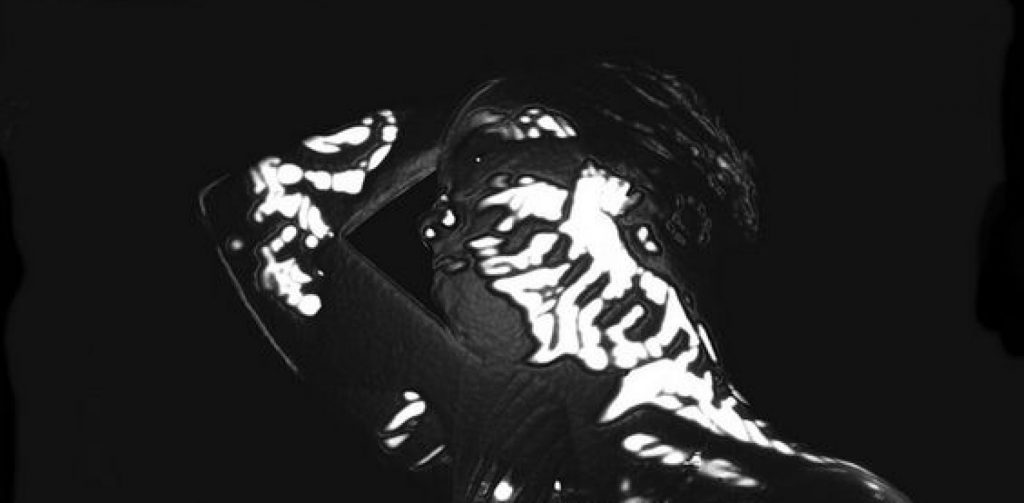Following all of my research, I have been making notes on how all of this information can be sewn together to form a coherent audio paper with a clear, specific topic and a clear direction. I have decided to with the title “Ambient music as a mode of being”. I have chosen this because I want to cover the history of ambient music briefly and then focus the subject matter on ambient music’s ability to heal over time and be used within therapy, which ultimately stems from my own personal experiences with ambient music and meditation respectively. I feel ambient music has a pivotal role on our lives whether we realise it or not, and the nomadic attention that it can offer us towards our everyday surroundings, and the potential for the music to transcend our mind state, leads me to believe that ambient music is as much a mode of being as it is a genre of music.
I feel I have enough research and sources to produce a compelling audio paper that I hope can have the potential to ignite a discussion on ambient music’s role in therapy devices and healing actions.
My overall plan is:
- introduce the audio paper with a personal experience I had with ambient music and how I came to have the idea to talk about it.
- describe what the audio paper is about
- talk about lockdown and a heightened sense of global awareness, and how ambient music was a perfect companion to the isolationism we all faced through lockdown
- transition into a brief history of ambient music – focus on brian eno
- explain the difference between ambient and new age and reinforce why that is important to this audio paper
- discuss music therapy practice and include quotes/references from my sources to help explain what an ‘ambient mode of being’ is
- reinforce my point with other references – chill out rooms at raves, examples of albums, talk about ambient as a ‘genre-less genre’
- case study on music for airports by brian eno and his ambient manifesto, which is included on the sleeve notes of that album
- talk about virtual reality and new techniques of incorporating ambient music in therapy (leslie deere)
- conclusion summing up my thoughts and why I think this is important, along with possibilities for the future
I will expand these notes into a concise script that gives more detail about what I am going to be talking about, which I will then use as a basis to record the audio paper before editing and mixing it.

